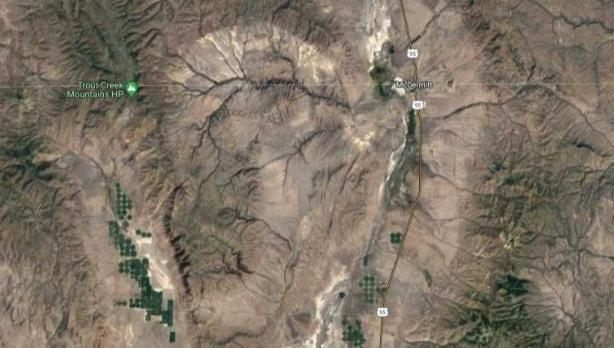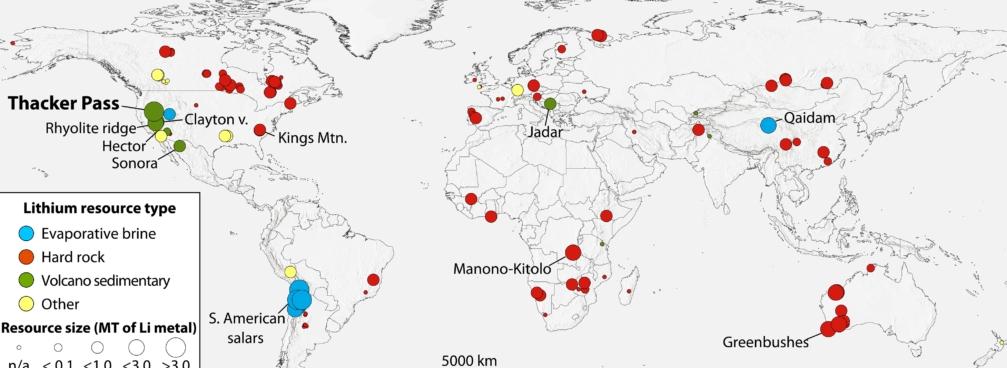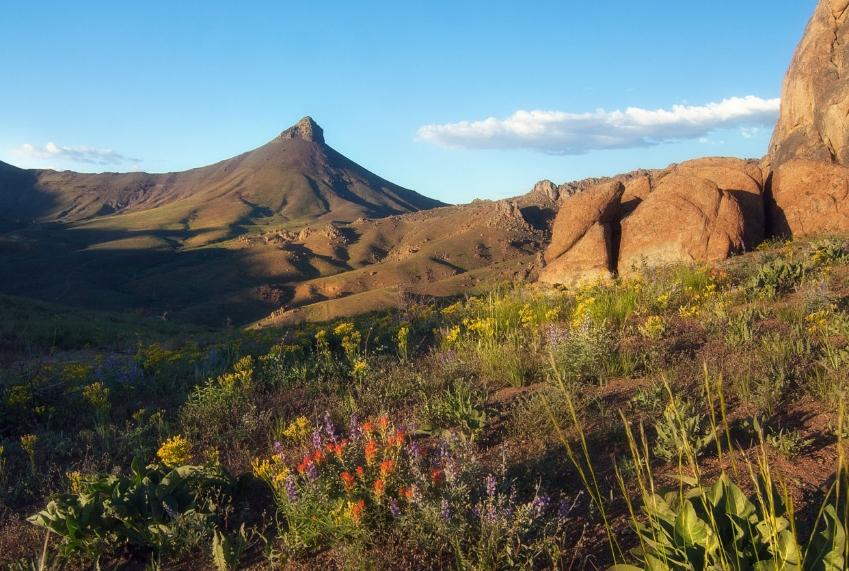In the realms of southeastern Oregon and northern Nevada, an ancient supervolcano, McDermitt Caldera, holds a treasure that has caught the eye of US geologists. Nestled within its vast crater, an estimated 20 to 40 million metric tons of lithium may lie, potentially eclipsing the world’s known reserves.
A recent revelation in Science Advances, a renowned journal, delineates the unprecedented volume of lithium believed to be ensconced in the caldera’s claystones. The lower end of this estimate already rivals the famed lithium reserves of Bolivia’s salt flats, putting the American resource on the global lithium map.
“Even if the estimation errs on the higher side due to fluctuations in sediment thickness or lithium grade, McDermitt’s bounty would still match or even surpass the 10.2 million tonnes nestled beneath Bolivia’s Salar de Uyuni,” asserts the groundbreaking study.
A Lithium Landscape Reimagined

The McDermitt Caldera unveils a new chapter in the lithium narrative. Traditionally, the precious element has been sourced from pegmatites and greisen veins or extracted from high-elevation evaporitic brines. However, this supervolcano, which stretches its expanse along the Nevada-Oregon border, offers a novel volcano sedimentary resource – a treasure trove of lithium borne from the ashes of ancient eruptions.
Anouk Borst, a geologist at KU Leuven University, marvels at the discovery:
“They seem to have hit the sweet spot where the clays are preserved close to the surface, so they won’t have to extract as much rock, yet it hasn’t been weathered away yet.”
A Glimpse into the Past and the Future

The McDermitt Caldera, with its formation dating back 19 million years and its last eruption echoing the seismic power of 16 million years past, is now earmarked as a pivotal player in the global lithium market.
Tom Benson, VP global exploration at Lithium Americas and a contributor to the study, reminisces on his journey of discovery:
“I soon began to realize that lithium was the behemoth, occurring throughout the caldera from the northern tip in Oregon to the southern tip in Nevada.”
Referring to the Thacker Pass project, he highlights the surface-level location of the lithium deposits, attesting to it being “one of the least impactful mines ever to be built.”
The United States’ Lithium Horizon

The disclosure of McDermitt Caldera’s latent lithium wealth is poised to pivot the nation’s stance in the global lithium arena. With the world’s insatiable appetite for this element – a linchpin in battery technology and green energy applications – the unveiling of this resource holds profound implications.
“It could change the dynamics of lithium globally, in terms of price, security of supply, and geopolitics,”
notes Borst, echoing the sentiments of an industry abuzz with the prospects unveiled by the caldera’s latent riches.
As America gears up to harness this treasure, the implications resonate far beyond national borders, echoing the potential of a lithium future redefined and a green energy landscape reimagined.



